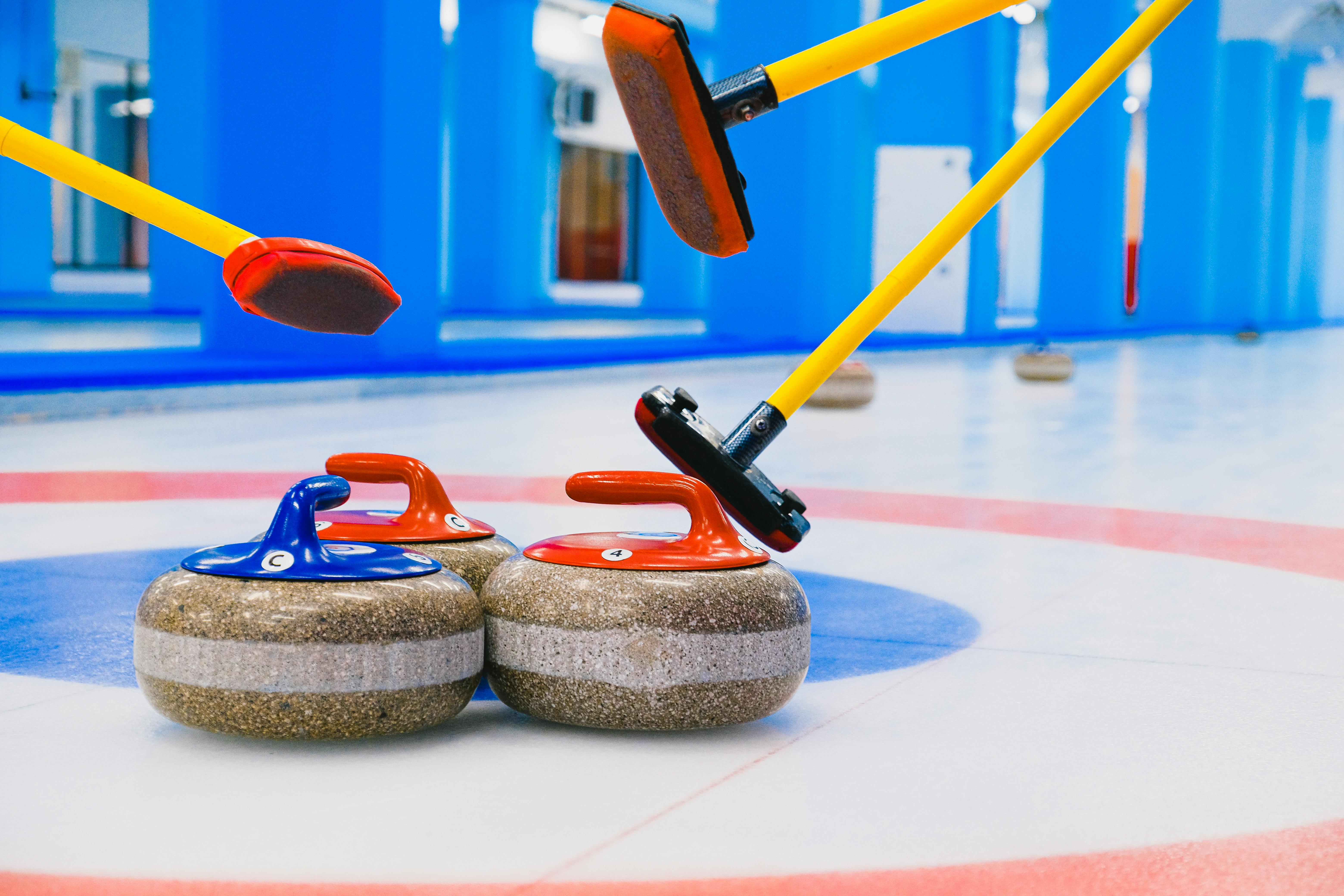Breaking the Ice: A Deep Dive into the World of Curling
An arena filled with an enthusiastic crowd, intense players sliding stones on a sheet of ice, and a thrilling atmosphere that could freeze the sun. Welcome to the world of curling, a sport that is as intriguing as it is complex. This article will take you on an icy journey through the history, current trends, and the real-world applications of this captivating sport.

A Journey Through Time: The Origins of Curling
Curling, believed to have originated in late medieval Scotland, has a rich and vibrant history that has shaped it into the sport we know today. The earliest written evidence of curling dates back to 1541 when a Scottish notary recorded a challenge between a monk at Paisley Abbey and a relative of the abbott. Since then, curling has evolved with changing times, becoming an official sport in the Winter Olympic Games in 1998.
On Ice: The Current Trends in Curling
The contemporary world of curling is continually evolving, with current trends focusing on the development of strategic play and advanced technology in equipment. The sport has seen a significant rise in popularity, particularly in countries like Canada and Scandinavia. Increasingly, curling is attracting younger players, thanks to its emphasis on strategy and teamwork, often referred to as “chess on ice.”
The Game Strategy: Understanding the Intricacies of Curling
Curling is a game of strategy and precision. Teams take turns sliding heavy, polished granite stones towards a circular target marked on the ice, with the aim to score points by getting their stones closer to the center of the target than their opponents. The game requires tactical prowess, intense concentration, and the ability to make quick decisions. The most successful curling teams are those that can read the ice, understand the weight of the stones, and execute their strategy flawlessly.
The Science Behind the Slide: Curling and Physics
Curling is not just a game of physical skill and strategy; physics plays an integral role in the sport. The unique movement of the curling stone, or its “curl,” is a scientific phenomenon that baffles experts. While the exact cause is still a mystery, a leading theory is that the stone’s rotation causes it to fall slightly to one side, a phenomenon known as the “falling leaf effect.” This makes the game more unpredictable and exciting.
Curling Today: The Real-World Impact
Curling has more to offer than just a competitive sports experience. It promotes teamwork, strategic thinking, and physical fitness, making it an excellent activity for people of all ages. Furthermore, curling clubs around the world are fostering a sense of community among players, instilling values of sportsmanship and camaraderie.
Curling, a sport steeped in history and evolving with the times, offers a unique blend of strategic gameplay, scientific intrigue, and community building. As we continue to glide through the 21st century, curling remains a captivating spectacle on the ice, a testament to the enduring appeal of this ancient sport.





